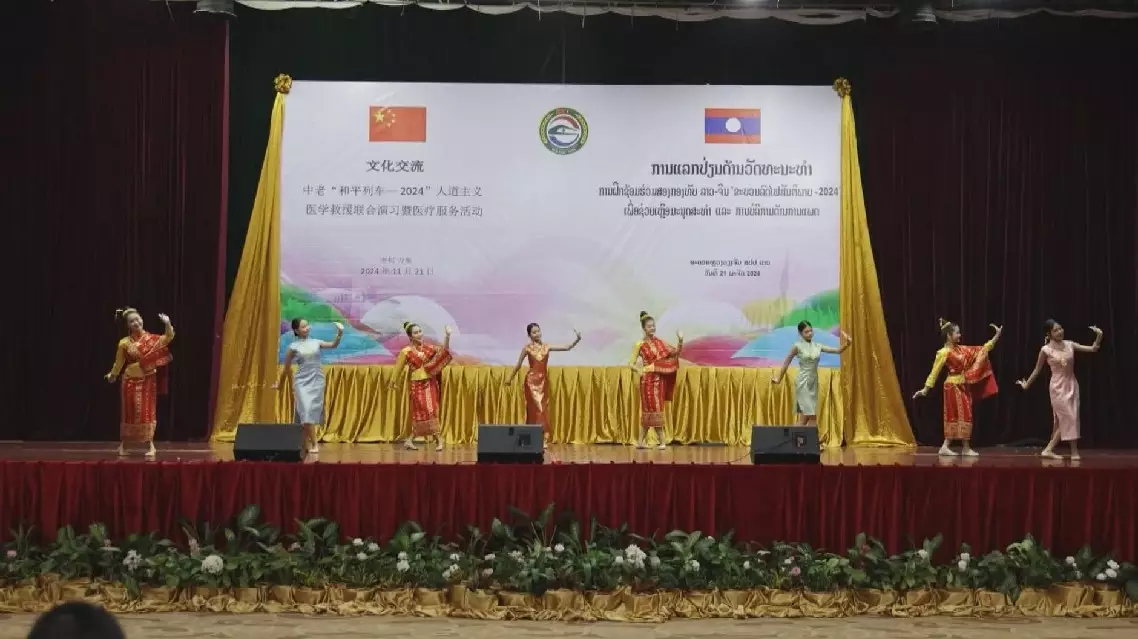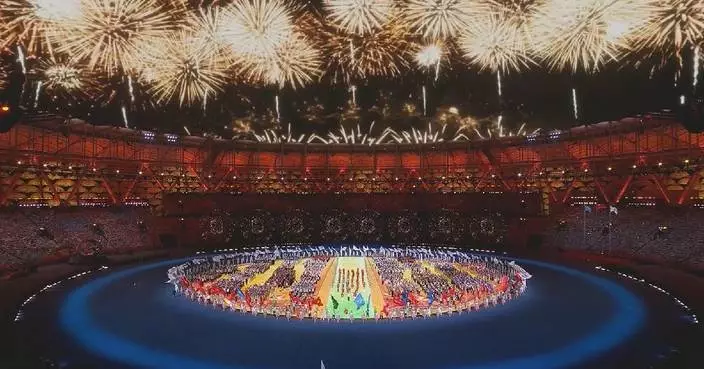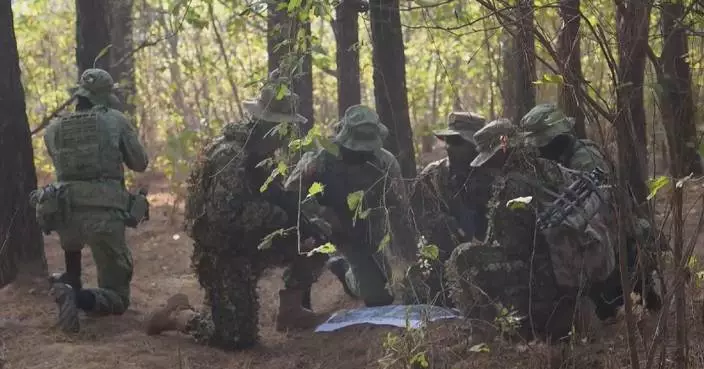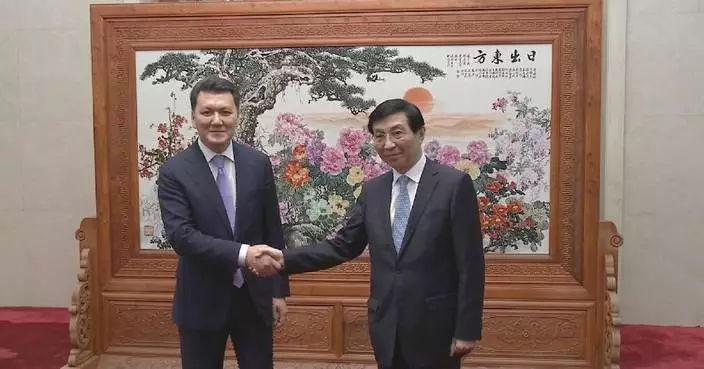China's meteorological authorities on Saturday renewed blue alerts for cold waves and strong winds, with sharp drops in temperature and powerful winds expected to hit parts of the country in the coming days.
From Saturday to Thursday, temperatures in most parts of China will fall by six to 10 degrees Celsius, according to the National Meteorological Center (NMC).
Some places in the northwestern, northern and northeastern parts of China are expected to experience temperature drops between 12 and 14 degrees Celsius, with some areas up to 16 degrees Celsius.
The center also renewed a blue alert for strong winds for regions including Inner Mongolia, Gansu, Xinjiang, Qinghai, Xizang, Ningxia, the Taiwan Strait, the sea area off the east of Taiwan, and parts of the South China Sea.
According to the forecast, northern parts of China will see strong winds between force five and six, with gusts reaching force eight. Offshore winds are expected to hit force eight, with gusts reaching force nine. The NMC has urged vessels in potentially affected sea areas to take precautions against the dangerous conditions.
In northwest China's Xinjiang Uygur Autonomous Region, a snowstorm struck the Tianshan Mountains along National Highway 218 on Friday, with wind gusts reaching force 10. Visibility in some sections dropped to under 50 meters, while heavy snow and ice have caused dangerous driving conditions.
Meanwhile, northeast China's Heilongjiang Province has seen its first major snowfall of the season, with accumulations ranging from 4 to 8 millimeters. Road maintenance teams have been deployed to clear snow and apply anti-slip measures to ensure road safety for motorists.
China has a three-tier, color-coded weather warning system for cold waves, with orange representing the most severe weather, followed by yellow and blue.

China renews alerts for cold waves, strong winds
During the China-Laos "Peace Train-2024" joint humanitarian medical rescue exercise, medical service members from the two militaries also engaged in cultural exchanges and offered health education sessions in the Nongping Primary School, further strengthening bilateral ties.
The joint medical exercise, held from Nov 16 to 21, brought together medical personnel from both militaries to conduct training focused on "humanitarian medical rescue in earthquake disasters".
In addition to medical training, the two sides participated in a series of fun team-building games.
Cultural exchange was also a key part of the exercise, with performances featuring Chinese elements leaving a lasting impression on the Lao participants.
"At first we faced challenges in communication due to language barriers and different training models. However, through repeated adaptation, we overcame these obstacles one by one. Now we can understand each other and cooperate well. The drill has not only enhanced our skills, but also brought out hearts closer," said Chu Lingling, a member of the Chinese medical team in the "Peace Train-2024" exercise.
Following the exercise, the Chinese medical team visited the China-Laos Friendship Nongping Primary School in the Lao capital Vientiane, where they distributed nearly 300 educational supplies, including learning materials, teaching aids, and sports equipment.
They also conducted health screenings for the students, covering vision, hearing, and spinal health, and provided health education sessions on proper eye care and dental hygiene.
"The moment I walked into the school, I was touched by the innocence and enthusiasm of the children. I saw hope for the future in them, and I hope our efforts will further strengthen China-Laos friendship," said Gao Yuan, another member of the Chinese medical team in the "Peace Train-2024" exercise.
The China-Laos Friendship Nongping Primary School is a demonstration project of China-Laos friendship. The school was funded by the China Foundation for Peace and Development in 2012. Since then, the foundation has been sending volunteer teachers and offering teaching materials to the school.

China-Laos 'Peace Train-2024' drill strengthens ties through cultural exchanges










